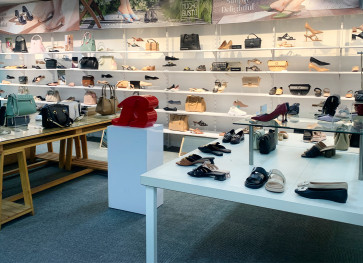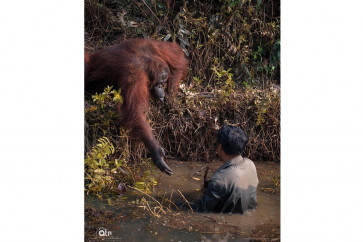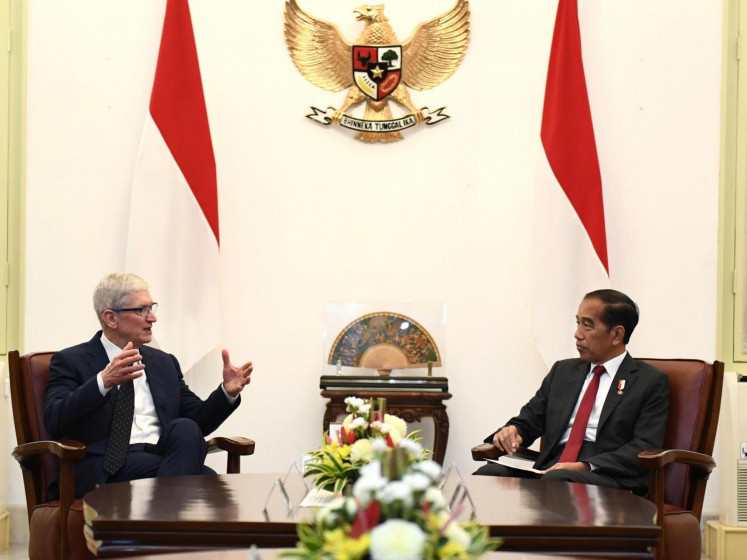Textile industry struggles to meet govt export target
As one of the country’s championed sectors, the textile and garment industry is struggling to increase its share in the global market because of growing competition and domestic problems such as outdated production facilities
Change Size

A
span>As one of the country’s championed sectors, the textile and garment industry is struggling to increase its share in the global market because of growing competition and domestic problems such as outdated production
facilities.
The Indonesian Textile Association (API) forecast this year’s textile and garment exports to grow 7 percent, far lower than the government’s target of 13 percent because of the decline in global demand, as well as a decline in production partly due to the number of public holidays coming up and consolidation of major garment producers.
Textile and garments exports have remained below 10 percent in recent years. Exports rose 8.4 percent in 2018 to US$13.22 billion, slightly higher than the 6 percent seen in 2017.
API vice chairman of international relations Anne Patricia Sutanto attributed low export growth projections this year to internal factors like the large number of public holidays and the fact that many textile and garment producers were upgrading production with Industry 4.0-related technology.
“There are several factors leading businesspeople to become more careful in setting targets,” Anne told reporters at a recent seminar. “However, we hope that production and sales can pick up in the second half after most holidays and the elections have passed.”
Textiles and garments are among the five priority industries in the government’s Making Indonesia 4.0 road map, which expects to see heavy implementation of technological innovations such as through machine learning and artificial intelligence over the next several years.
The country’s textile products are important foreign exchange earners and most go to Asia, Europe and the United States.
“Textiles used to be a sunset industry but it has become one of our top sources [of exports],” Trade Minister Enggartiasto Lukita said. “Both the API and [the government] are pushing for a 30 percent increase in exports.”
API’s Anne, however, said such high export growth would be hard to reach in the near future.
“We have to deal with the upstream side of the industry and take care of production materials. Only then could we increase our exports by 30 percent, maybe it’s possible in the next five to 10 years,” Anne, who is also a director at major textile manufacturer Pan Brothers, said
Anne pointed out that Indonesia is a market of more than 260 million people, making it a lucrative destination for foreign textile producers, thus local producers should also be able to compete with other foreign producers in the domestic market.
She further stressed the importance of the government’s role in opening up more international markets while acknowledging the latter’s efforts in doing so, notably through the recent signing of the Indonesia-Australia Comprehensive Economic Partnership Agreement (IA-CEPA) in March.
“We are confident that through bilateral trade we will get better access and opportunities to our [export] destinations so that we could offer products at competitive prices,” said Anne.
Industry Minister Airlangga Hartarto said separately that the IA-CEPA, along with other agreements under negotiation like the Indonesia-European Union CEPA, is expected to boost textile and garment exports.
“This sector grew 8.73 percent in 2018 and employed 3.6 million workers, making it a labor-intensive as well as export-oriented manufacturing sector,” Airlangga said.
Airlangga admitted that textile and garment manufacturers still imported a large amount of cotton as it could not be sourced domestically.
However, his office has been encouraging the production of alternatives to substitute imports such as polyester and dissolved pulp rayon.









